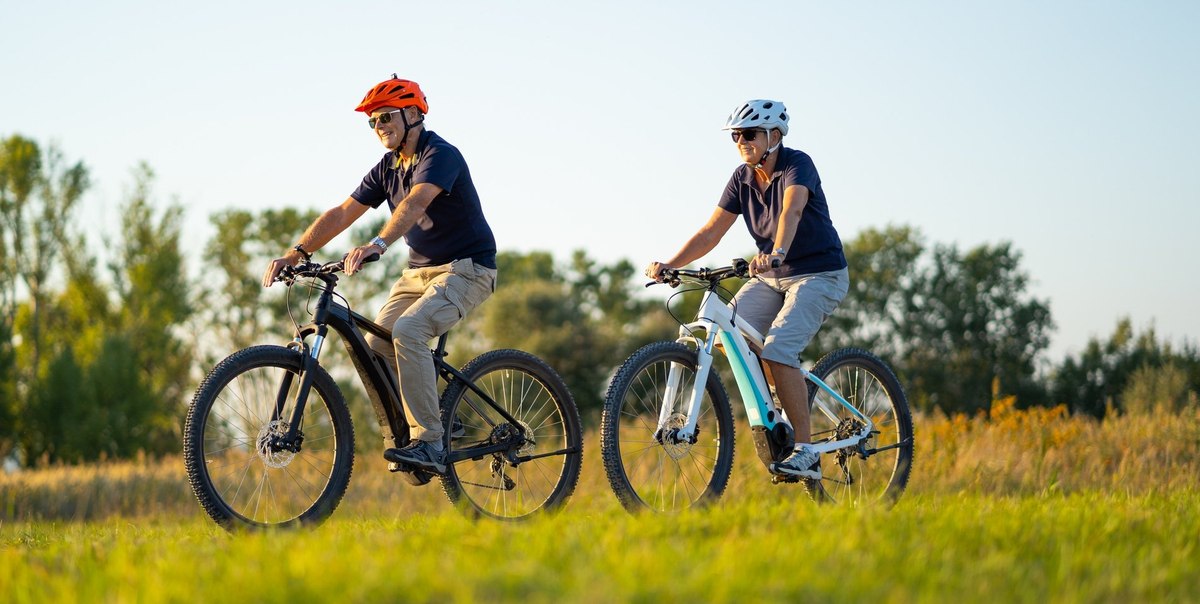Conversations about greener transportation have been underway for some time, and e-bikes could be a vehicle towards a shift in consumer habits towards that end. A YouGov Surveys: Serviced poll set out to understand how American adults are engaging with e-bikes — through ownership, rental, or curiosity. The findings reveal that while usage remains modest, a significant share of Americans are open to trying e-bikes if key barriers like cost and access are addressed.
A small fraction tried e-bikes mostly for leisure
Roughly 16% of US adults say they’ve ever ridden one. Of that group, only 4% are current users, while 12% say they’ve used one in the past. This leaves 84% of Americans who have never tried an e-bike.
Among those who have used an e-bike, leisure and exercise are the primary drivers. Nearly two-thirds (63%) of users say they ride for recreational purposes, and 31% cite fitness as a reason. Practical uses are less common — 21% use e-bikes for commuting or errands, and 10% for work-related tasks like deliveries or site visits.
Renting and purchasing both lead the gateway to e-bike use
Of those who have ridden an e-bike, 36% say they rented it, making it the most common entry point. Around a third (34%) report purchasing one (either new or used). Leasing, government subsidies, and employer programs remain niche, with just 1–4% using those access routes.
This pattern suggests that short-term use models, like rentals and share programs, play a key role in familiarizing the public with e-bikes – a potentially useful strategy for expanding reach.
Cost, access, and awareness stand in the way
Among those who have never used an e-bike, the top reason is straightforward: they haven’t had the chance (41%). Cost is the next major barrier, with 29% saying e-bikes are too expensive. Meanwhile, 26% prefer other forms of transportation such as cars or public transit, and 14% say they prefer regular (non-electric) bicycles.
Other issues such as lack of knowledge (18%), safety concerns (16%), or worries about battery range (9%) are cited less frequently. One in nine (11%) say e-bikes were unavailable in their area, suggesting that physical access is not the primary hurdle in most cases.
When asked about other personal transportation modes, 68% of respondents say they use a gasoline-powered car — far more than any other option. Around 3% each report using electric cars and e-scooters, and 17% use regular bicycles.
Important factors in e-bike choices
For those who have used an e-bike, battery range (64%) and price (59%) top the list of priorities when choosing a model. Comfort and ride quality also play a key role for 48%, followed by considerations like weight/portability (43%) and design (29%).
Factors like brand reputation (22%), smart features (12%), and eco-friendly materials (19%) are less influential, suggesting that functionality still takes precedence over style or sustainability messaging for most users.
When it comes to purchasing an e-bike, specialty bike shops are the most preferred source (24%), followed by online retailers (21%) and direct-from-manufacturer purchases (16%). General sporting goods stores (11%), government and employer programs (3% each) are less popular.
Methodology: YouGov Surveys: Serviced provides quick survey results from nationally representative or targeted audiences in multiple markets. This study was conducted online on July 29-30, 2025, with a nationally representative sample of 1,212 adults in the United States (aged 18+ years), using a questionnaire designed by YouGov. Data figures have been weighted by age, gender, education and region to be representative of all adults. Learn more about YouGov Surveys: Serviced.
Image: Getty Images
